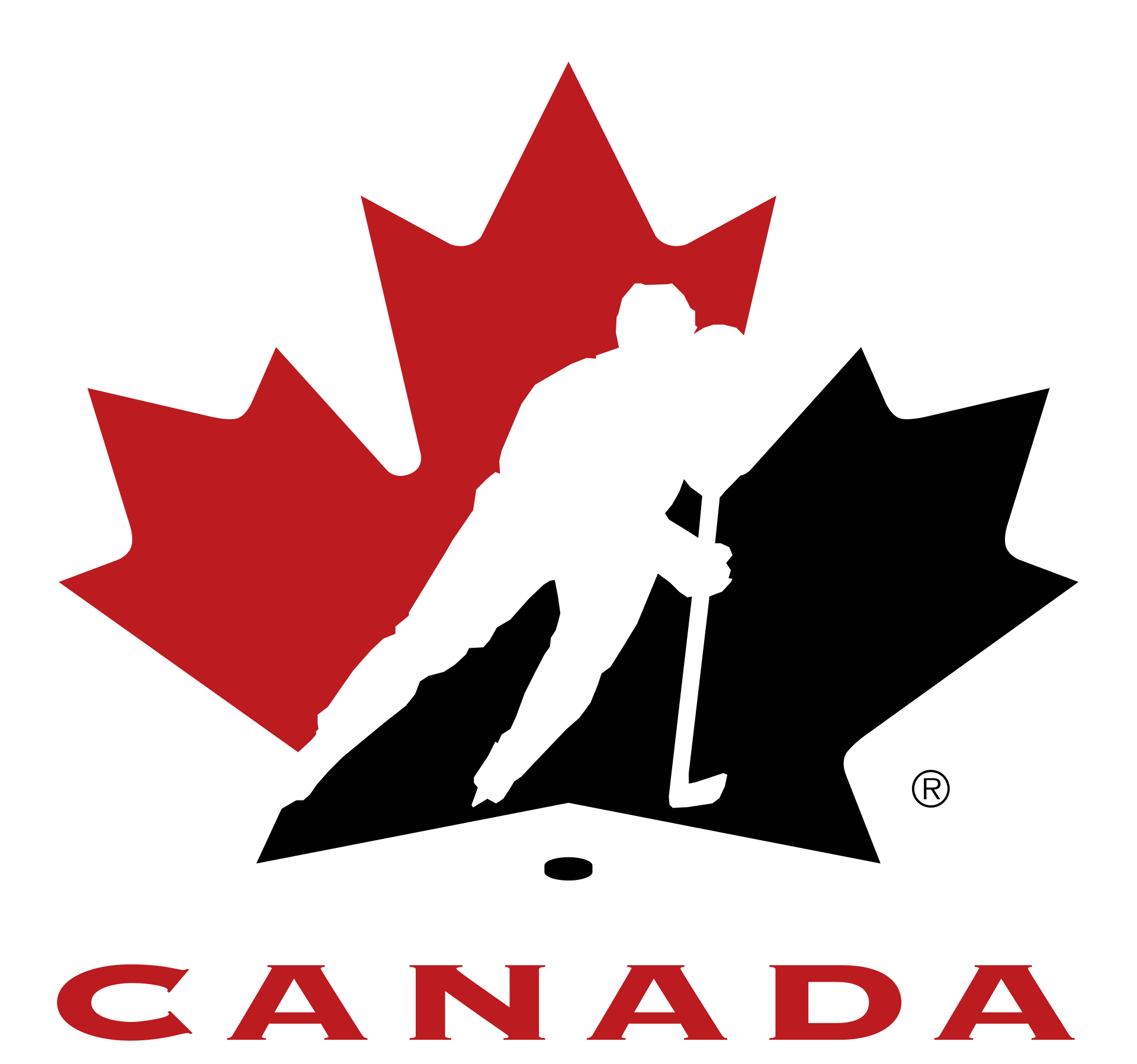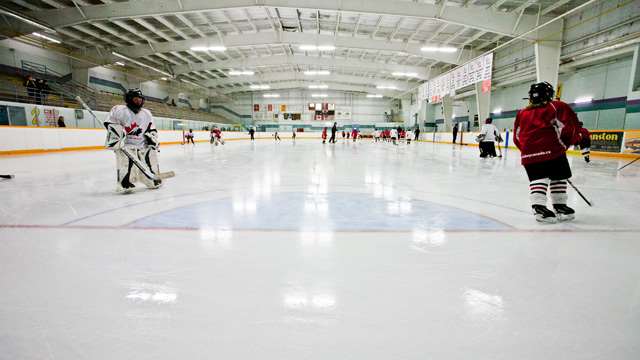Emergency Action Plan for Safety Persons
Learn the roles of a safety person and trainer in case of an emergency
The following are responsibilities the safety person should assume to prepare for potential injury to a player:
- Maintain accurate medical information files on all players and bring to all team activities.
- Maintain a player injury log.
- Maintain a fully-stocked first aid kit and bring to all team activities.
- Implement an effective Emergency Action Plan (EAP) with your team and practice it regularly to ensure all involved understand their roles and are prepared to act promptly when an incident occurs.
- Recognize life-threatening and significant injuries, and be prepared to deal with serious injuries.
- Manage minor injuries according to basic injury-management principles and refer players to medical professionals when necessary.
- Recognize injuries that require a player to be removed from action. Refer players to medical professionals and coordinate return to play.
- Facilitate communication with players, coaches, parents, physicians, therapists, paramedical personnel, officials and other volunteers regarding safety, injury prevention and player health status.
In a situation where a player is injured on the ice, the following are the responsibilities of the safety person:
- Initially take control and assess the situation when coming into contact with the injured player.
- Instruct the player to lay still.
- Instruct bystanders to leave the injured player alone.
- Do not move the player and leave all equipment in place.
- Evaluate the injury and situation. This may include anything from an unconscious player to a sprained finger. Once you have determined the severity of the injury, decide whether or not an ambulance or medical care is required.
- If the injury is serious and warrants immediate attention that you are not qualified to provide, seek out someone with the highest possible level of first aid/medical expertise.
NOTE: As the safety person, you should be aware of those individuals on your team with these qualifications and arrange a signal should you need their assistance.
- If an ambulance is required, notify your call person with a pre-determined signal. Give a brief explanation of the injury and tell them to call for an ambulance. Let the injured player know that an ambulance is being called and why. This could reduce fear and panic on the part of the player.
- Once the call has been placed, observe the player carefully for any change in condition and try to calm and reassure the player until medical professionals arrive
- STAY CALM. Keep an even tone in your voice.
- Make a note of the time at which the injury occurred and keep track in writing of all pertinent facts regarding the accident, including time of occurrence, time of ambulance arrival, etc.
Katie Brickman - April 14, 2024
Nicholas Pescod - September 24, 2023
September 21, 2023
Shannon Coulter - September 17, 2023


 HOCKEY CANADA
HOCKEY CANADA




